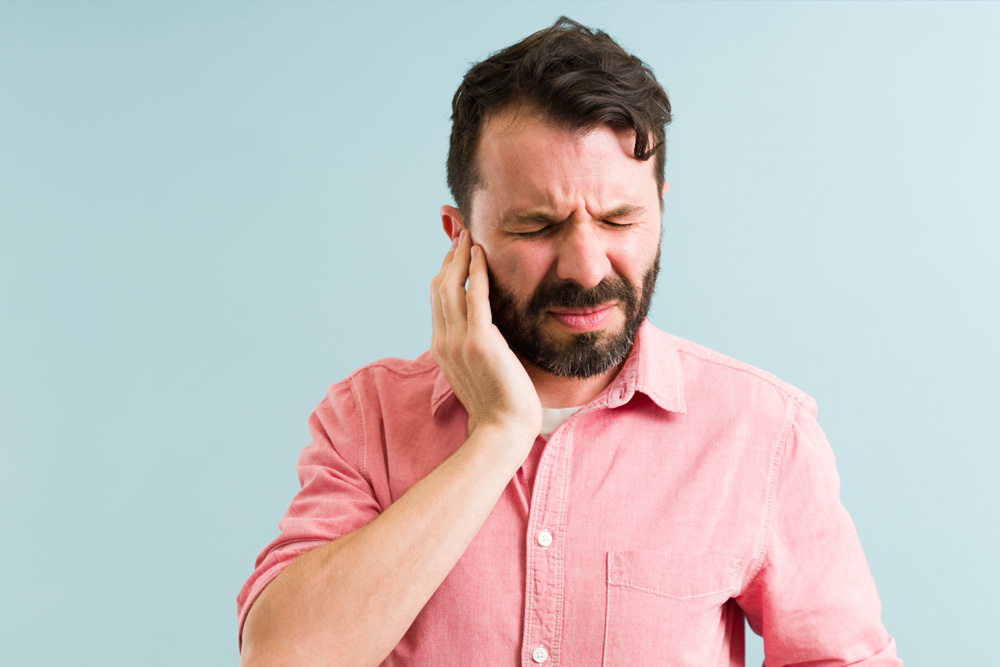Tag: Other Programs
In today’s busy world, it’s common to grab an antacid whenever we feel stomach troubles. But relying too much on these quick fixes can have consequences we might not notice right away.
Antacids, proton pump inhibitors, and H2 blockers are popular for easing conditions like GERD and hyperacidity. They work by reducing stomach acid, which can relieve symptoms. But they don’t fix the real problem and using them a lot can mess up important body processes like digesting protein and absorbing nutrients.
Some studies show that using proton pump inhibitors and H2 blockers for a long time can lower vitamin B12 levels, especially in older people. This might cause problems with moving around or thinking clearly, which can be mistaken for getting older. Some research even suggests that long-term use of these medicines could make people more likely to break their hips. This might happen because the body doesn’t absorb calcium and vitamin D as well, which are important for strong bones.
It’s important to deal with what’s causing acid reflux instead of just using medicines to stop it. Things like being overweight, smoking, not being active, drinking too much alcohol, and eating late at night can make these problems worse. Changing these habits can help manage stomach issues and reduce the need for medicine.
Dr. Jonathan Wright explains in his book “Why Stomach Acid Is Good For You” how having enough stomach acid is key to preventing discomfort and digesting food properly. Low stomach acid, called hypochlorhydria, is often behind reflux symptoms. Instead of just stopping acid, it’s better to fix this problem using holistic methods.
Dr. Lajpatrai Mehra’s Neurotherapy offers another way to manage stomach problems without medicine. This therapy works on balancing the body without any surgery or pills. It can give real improvements without needing drugs.
In short, while antacids and acid-stopping meds might help in the short term, using them for a long time can be risky for health. Choosing holistic methods that treat the real causes and support good digestion can give lasting relief without hurting your body’s nutrition or bone strength.








